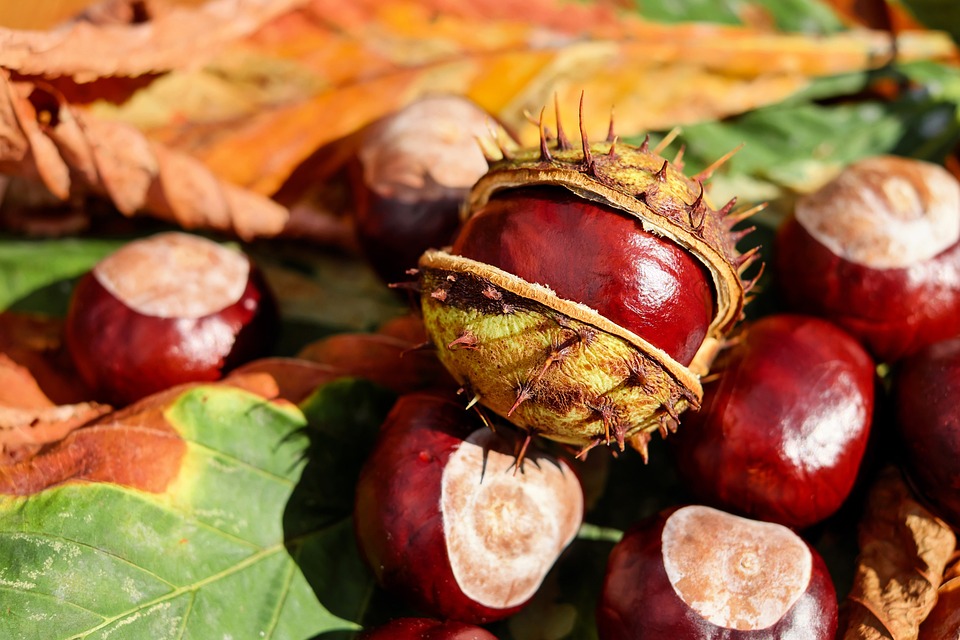Learn about chestnut trees, including varieties and how to plant and grow them.
Listen to Podcast:
 On a recent Garden and Food Tour of Sicily, we visited Mt. Etna and I was amazed at the groves of Italian chestnuts growing in the forests there. They were loaded with prickly covered nuts. It got me thinking about our American chestnut.
On a recent Garden and Food Tour of Sicily, we visited Mt. Etna and I was amazed at the groves of Italian chestnuts growing in the forests there. They were loaded with prickly covered nuts. It got me thinking about our American chestnut.
Chestnut trees used to grace the eastern forests from Georgia to Maine providing food for humans and wildlife and great rot resistant lumber for building. Chestnut fruits are unique. They are high vitamins, low in fat and starchier than other nuts. The nuts have thin skins, so are easy to open. Chestnuts make great flour for cooking as well as eating roasted in the shell. Unfortunately, due to an Asian blight that invaded our forests in the early 1900s, most of the original majestic American chestnut trees have died.
However, you can still find blight resistant varieties of chestnuts. I’ve been growing a few saplings purchased from a nursery in New York that grew nuts they collected from a naturally blight resistant local tree. There are also crosses between Chinese and American varieties that offer blight resistance and tasty nuts.
So, yes, you can grow chestnuts in zone 4 locations in Vermont. The key is good soil and patience. Chestnuts are moderately fast growers and grow best in full sun on well-drained, moist soils. If you have room, plant a grove of trees 25 feet apart for best pollination. Protect them from deer and mice. The trees may start bearing fruit within 5 to 8 years, but they won’t really mature until 15 years old. It’s a long term commitment, but think of your chestnuts as legacy trees that you, or the next owner, will enjoy for years.


